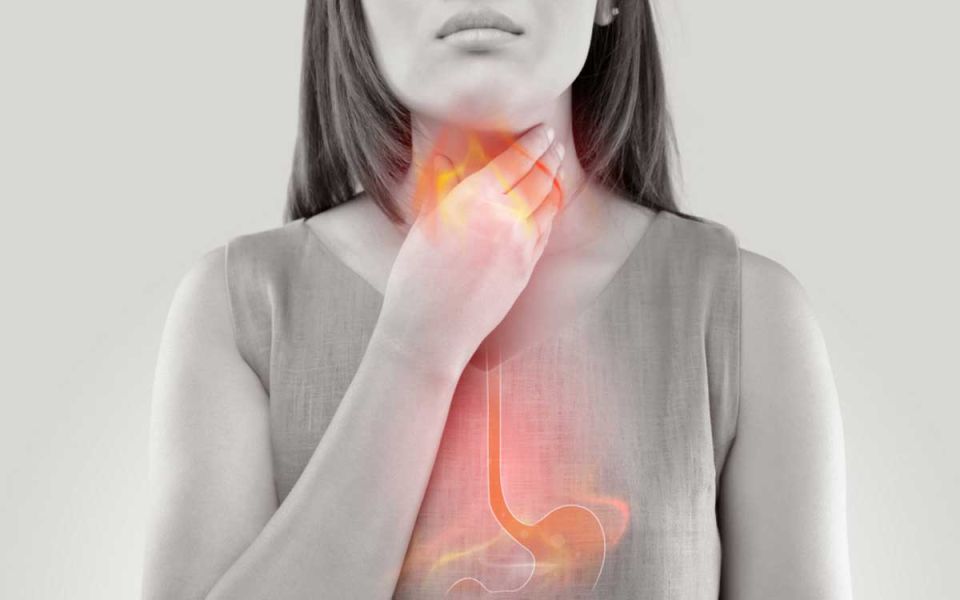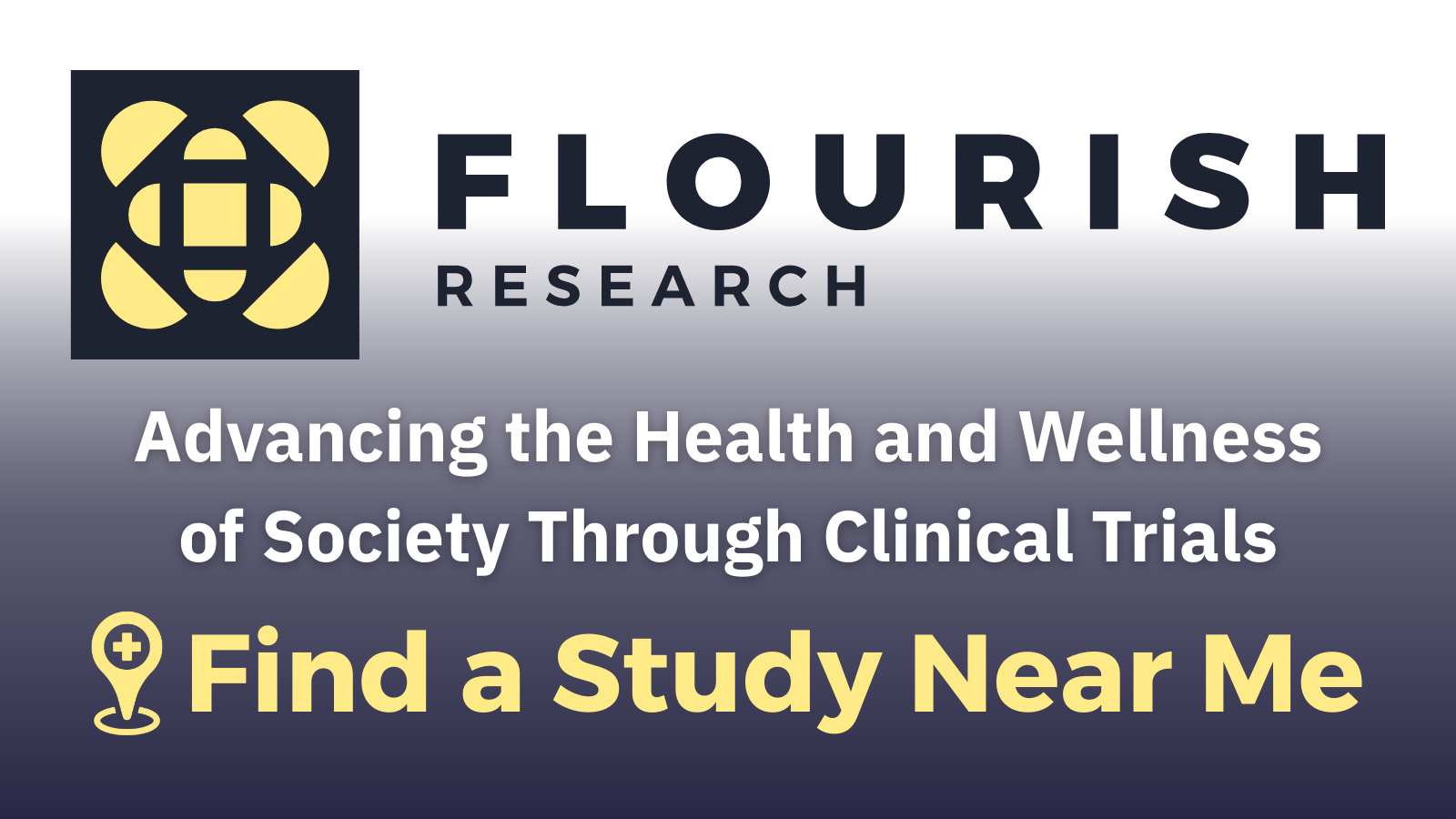The Effects of Long-Term GERD

At some point in our lives, we have all experienced acid reflux. Maybe it was after eating something spicy, or any acidic food like tomato or certain dairy products and you felt a burning sensation in your throat. GERD, or gastroesophageal reflux disease is similar to acid reflux. GERD is a long-term condition where acid from your stomach overflows into the esophagus. If you experience acid reflux that occurs more than twice a week, your doctor may diagnose you with GERD. If you are experiencing these below symptoms more than twice a week, it may be time to see a doctor.
- Heartburn after eating
- Chest Pain (Please see a doctor if you are experiencing chest pain, especially coupled with shortness of breath, jaw pain or arm pain. You could be experiencing a heart attack).
- Difficulty swallowing
- Regurgitation of food or liquid
- Feeling like having a lump in your throat
Although GERD is a common condition affecting over 3 million Americans per year, if left untreated, it can lead to serious medical conditions.
- Esophageal Stricture - which is the narrowing of the esophagus. Frequent backup of stomach acid into the esophagus can begin to cause significant damage causing scar tissue to form. The scar tissue can act as a barrier making it extremely difficult to swallow.
- Esophageal Ulcer - or, in other words, an open sore in your esophagus. This happens when the stomach acid begins to wear down on the tissue causing sores that can bleed, cause pain, and further increase difficulty swallowing.
- Barrett’s Esophagus - This happens when there begins to be precancerous changes to the esophagus. These changes can cause an increased risk of esophageal cancer.
With certain lifestyle changes and medication, GERD can be treated. However, more research is needed to understand why there is a steady increase in Americans with GERD.



